The red maple trees that give company to the students who coalesce in the Lang Courtyard are dying. Most of them haven’t put out leaves this season, specifically the trees on the western side where one is tipped over and now supported by the wall. The reason for their decay is mostly unknown, but according to the New School’s facilities management the trees might have simply outgrown their environment; their canopy is too dense for the sun to penetrate and give sufficient light to their roots.
Trees have been a part of TNS for decades — the school’s logo was a tree from 1966 to 1986. The red maple trees currently planted in the Lang courtyard are a frontier species of tree, meaning they grow well in most environments and don’t need much tending to. Their layout in the courtyard was designed in 1997 by a collaboration between the architectural landscaping firm Michael Van Valkenburgh Associates, Inc. and the artist Martin Puryear. “It was very purposefully designed … and we’ve worked through the years to try to keep that design intent intact,” Thomas Whalen said, the vice president of buildings and campus operations.
Given the New School’s urban setting and consequently its lack of school grounds, it is difficult to bring attention to the little green space TNS does have.
“I imagine it’s not something anybody really wants to think about because it’s not an easy problem to address,” said Mark Larrimore, a professor who teaches the course Religion of Trees at Eugene Lang College of Liberal Arts. “And I feel like [the trees are] colleagues. And I’m worried about some of my colleagues.”
According to Larrimore, the relationship humans have with trees has dwindled in the age of fossil fuels and urbanization. “I think we’ve realized that for a lot of people, the trees are like furniture,” Larrimore said. “I think that a lot of city people don’t even engage with them as other beings, let alone as other persons.”
Inanna Lorette-Watson, a third-year student at Lang, who is currently taking the Religion of Trees course, said, “It’s been really interesting to turn my brain towards the trees and really have an active conversation with them and with other students about them.” In response to the state of the courtyard trees, Lorette-Watson said, “I was really sad for them. These trees have been such great time markers, and they’ve been growing alongside student learning for so long.”
In an effort to mobilize TNS to recognize this issue, Larrimore went first to the Dean of Lang, Christoph Cox. Together they contacted the department of facilities, which falls under Whalen’s management.
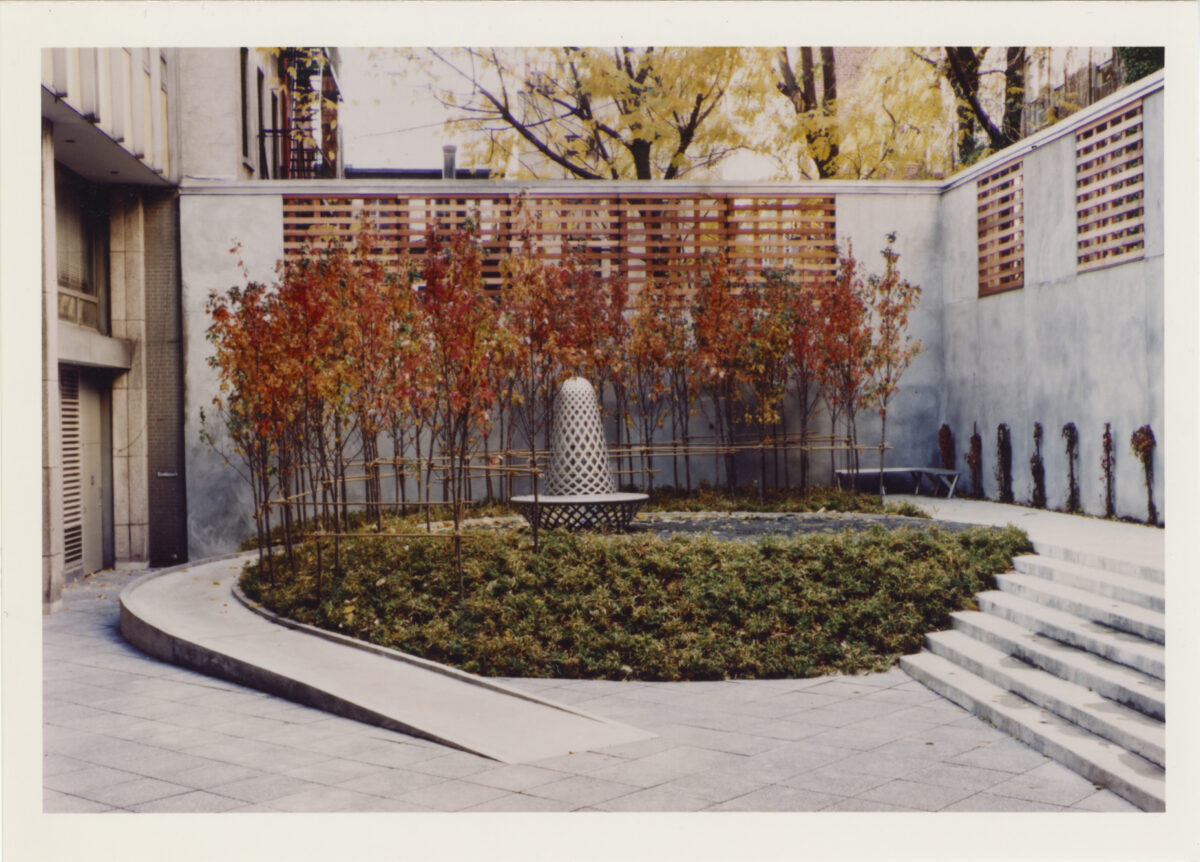
“I think what we’re looking to do is take a moment to re-envision what we want that courtyard to look like,” Whalen said. Next week, Whalen plans to meet with Dean Cox and Larrimore to get further knowledge and discuss how to move forward.
“We’ll probably engage somebody in the architectural field to give us some guidance,” Whalen said. He has already spoken with TNS’s landscape vendor, McNulty Landscaping, who mentioned that possibly thinning the Lang courtyard trees will allow more growth possibilities for the trees left behind. “Ultimately, we want to make sure that whatever is there is thriving,” Whalen said.
In this process, Whalen and his department also plan to conduct a cost-benefit analysis.
“We’ll look to see how much it would cost to revitalize what’s there,” Whalen said. This means the department will determine whether it is more cost efficient to preserve the trees already in the Lang courtyard or replace them with younger, healthier trees. “I always like to stress to people that money’s not the only thing that drives the decision. It’s a factor, but it’s not by far the only thing that’s considered,” Whalen said.
Larrimore and his class plan to mark the potential removal of the trees with a ritual that acknowledges their presence. “Maybe we can sort of draw attention to the fact that the trees are our colleagues, that they’re part of our world, that they have participated in the education journey of I don’t know how many hundreds of people who sit under them,” Larrimore said.
Lorette-Watson said, “I want to try and build on something that’s really community oriented. I’m hoping to salvage a little bit of one of the trees to make into a project of some sort.”
According to Larrimore, rituals are important to mend the relationship humans have with trees. With this in mind, Larrimore hopes that TNS can create more appreciation for the courtyard trees. His students, including Lorette-Watson, echo this perspective. “Even in their passing, they’re giving us really good lessons,” they said.

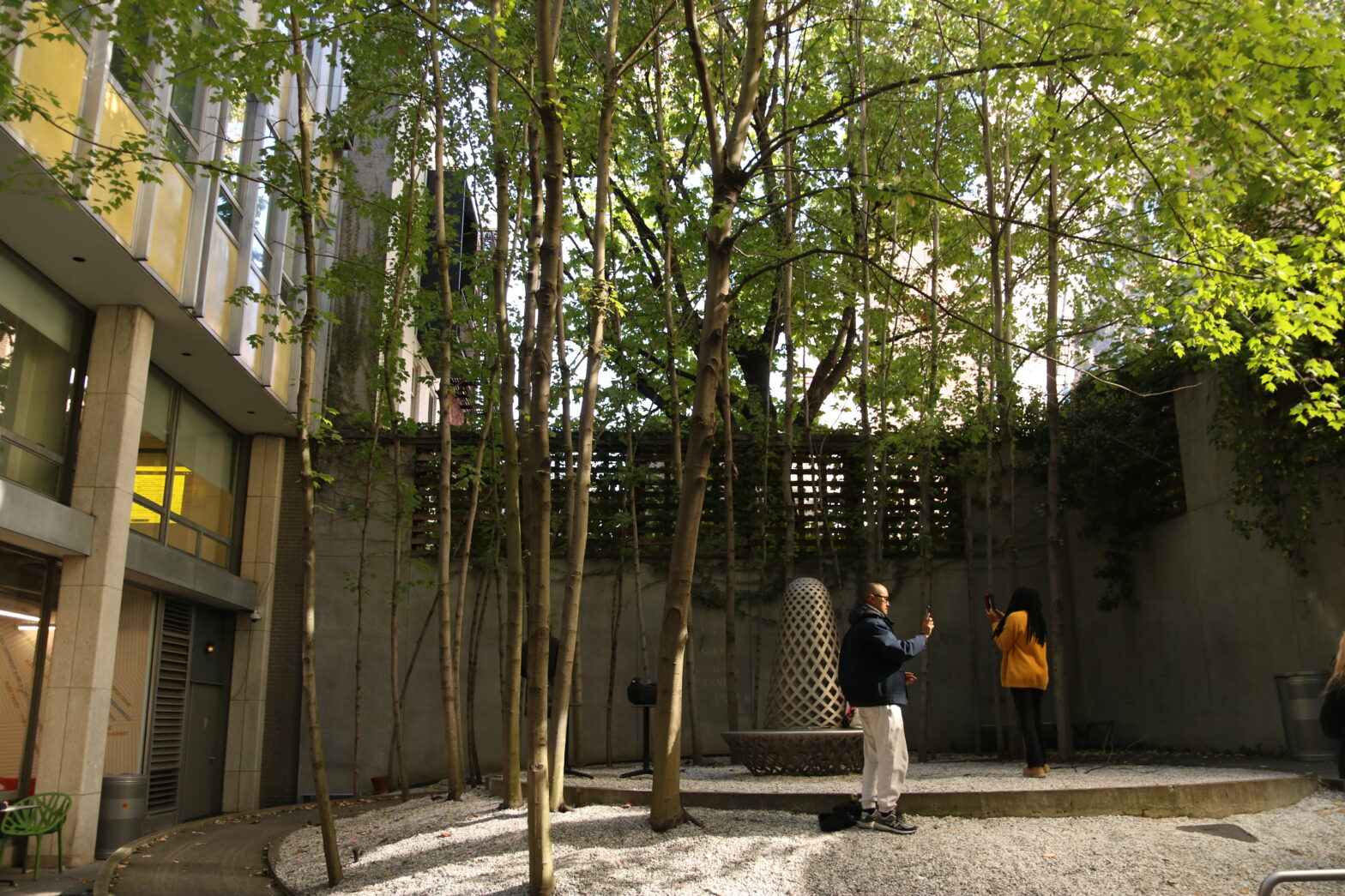

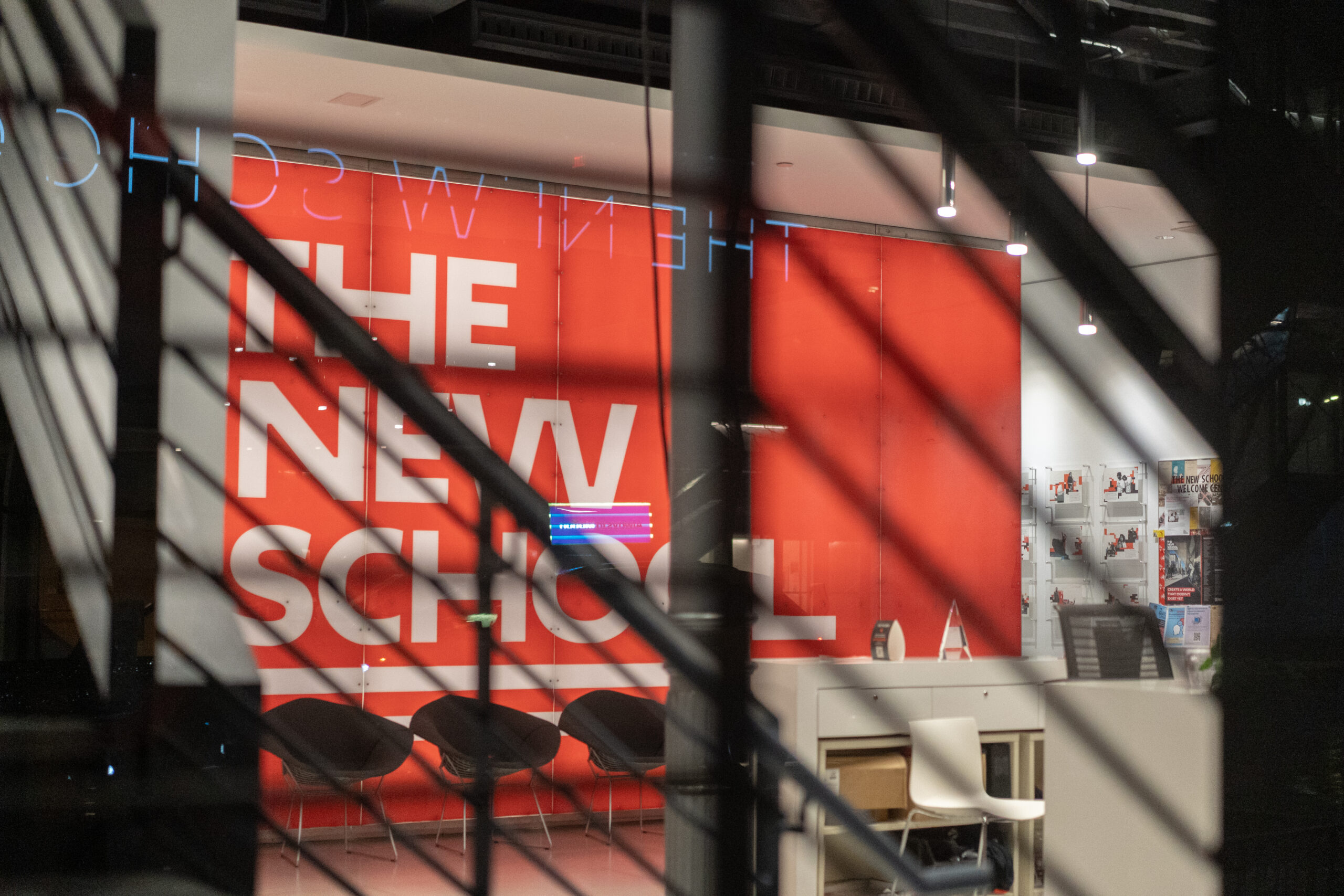
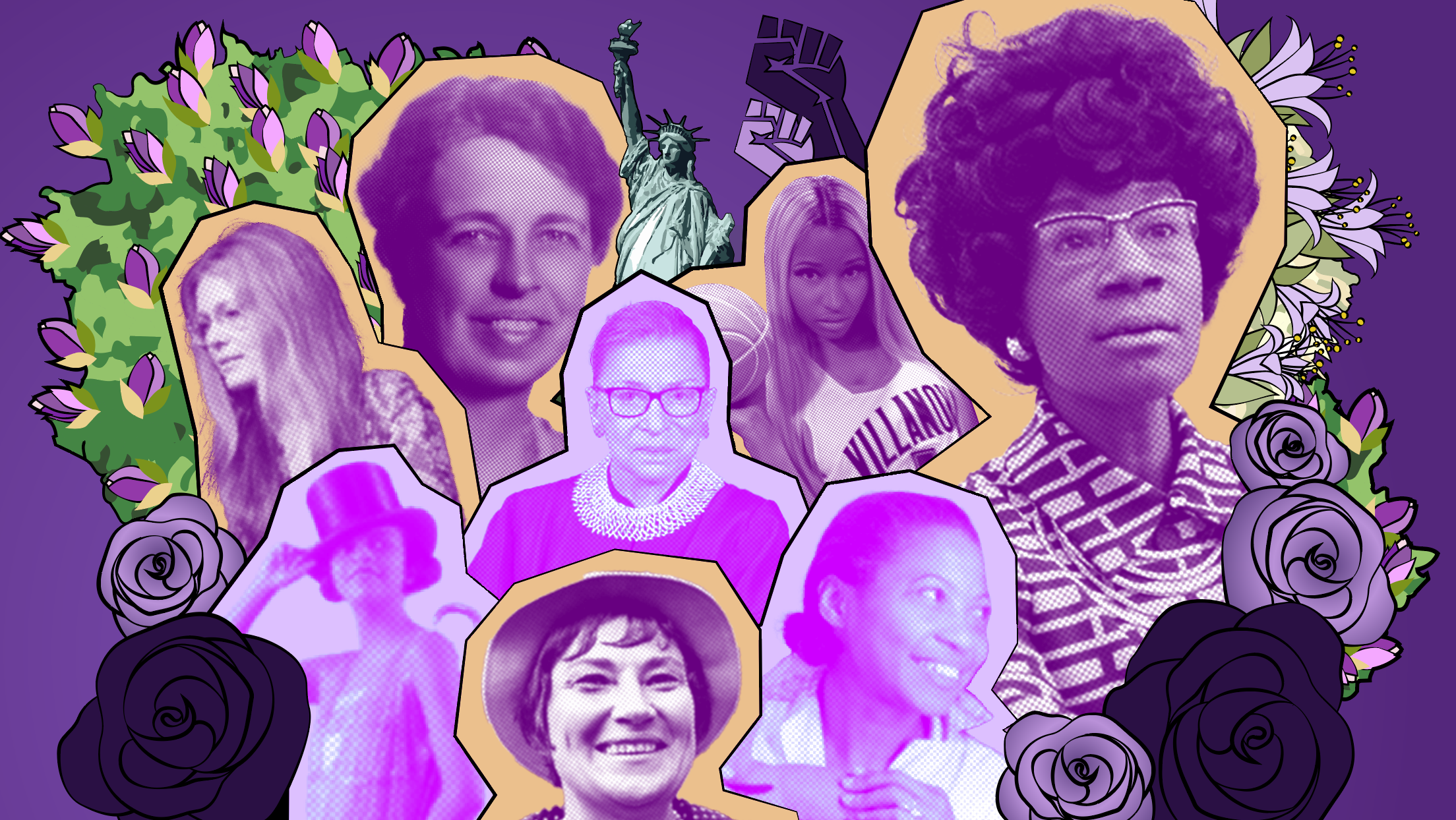

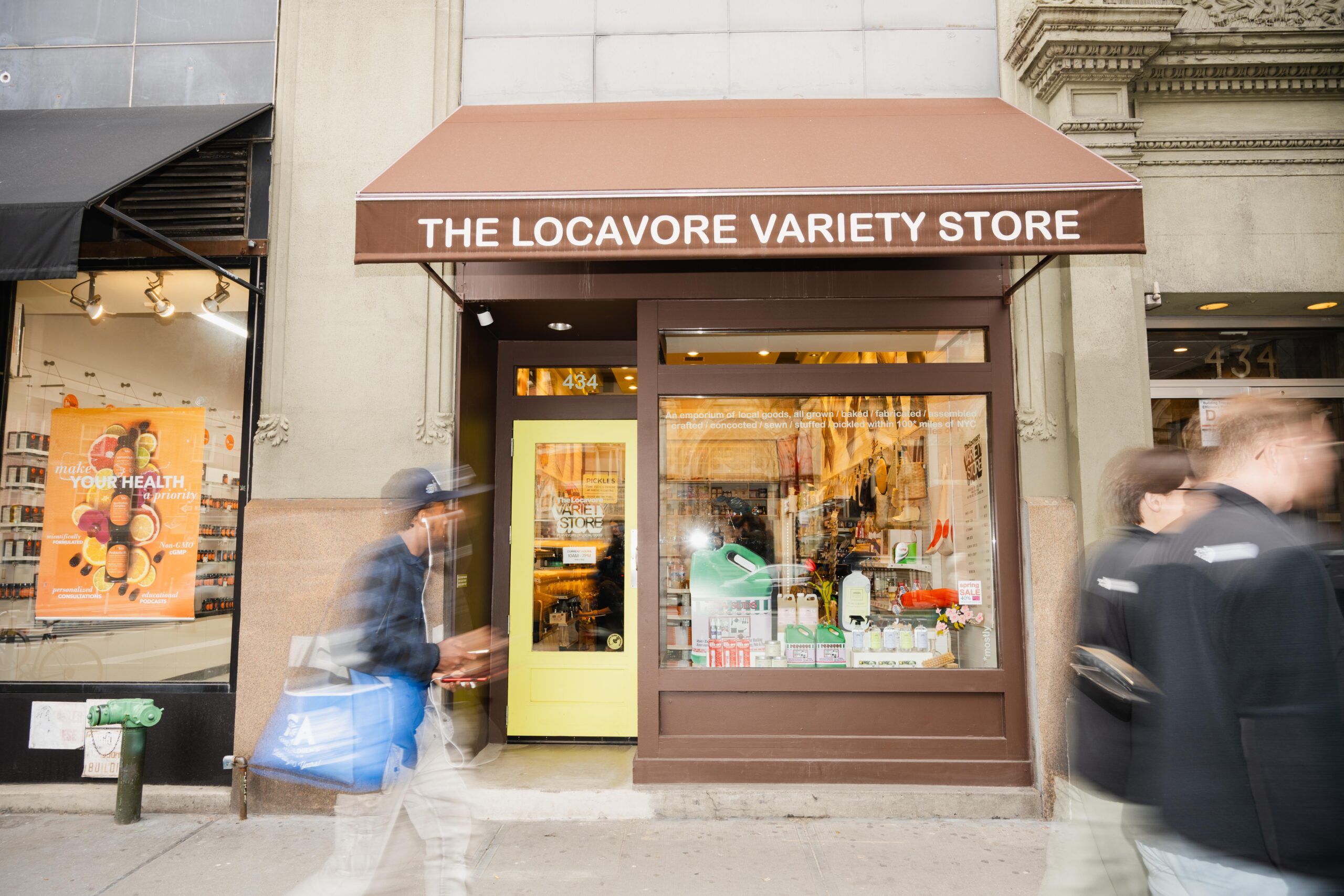
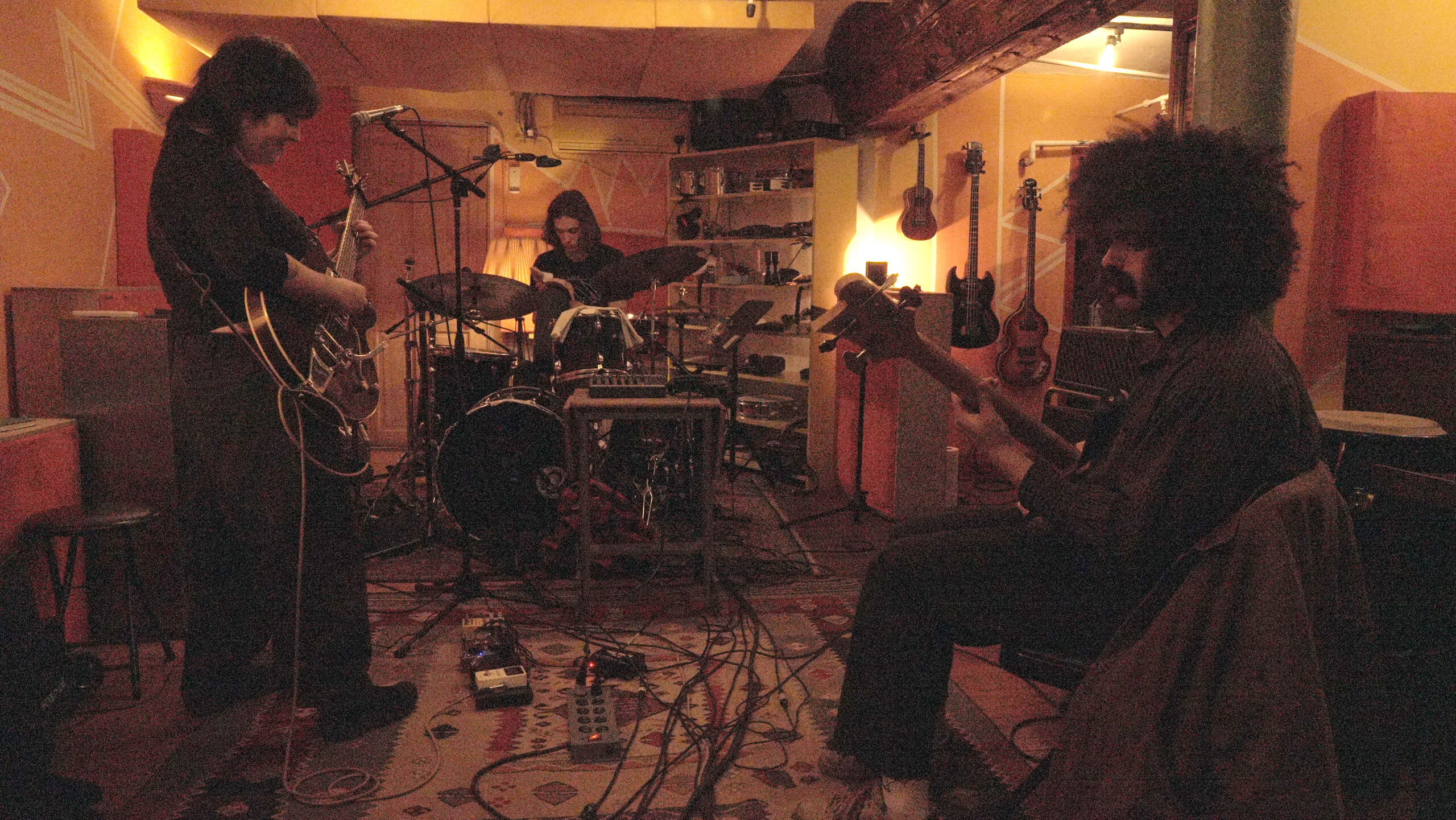
Leave a Reply